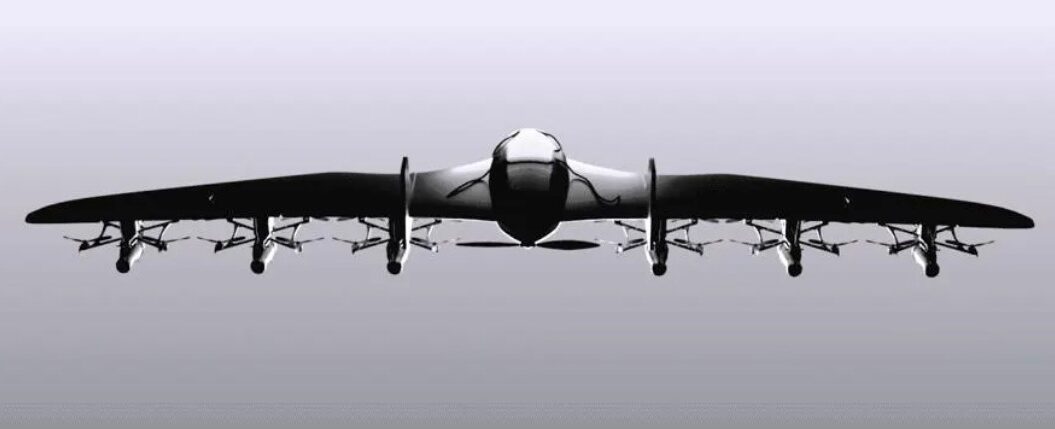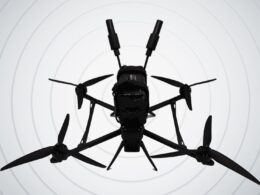Ukraine is expanding its drone warfare capabilities by deploying "carrier drones" or "motherships" that transport First-Person View (FPV) attack drones deep behind enemy lines, Forbes reports.
These carrier systems allow Ukrainian forces to launch FPV drone strikes at targets up to 25 miles (40 km) behind Russian lines across seven regions, as reported by Russian news agency TASS last month. The deployment represents a significant evolution in Ukraine's drone warfare tactics.
"Ukraine has displayed drone carriers include both fixed wing and multi-rotor types, carrying one, two, four or six FPVs," writes Forbes tech correspondent David Hambling, noting that these systems are still in development.
INTERESTING 🔶
— Polymarket Intel (@PolymarketIntel) March 13, 2025
Ukraine has developed a drone carrier that transports up to six FPV drones for strikes behind enemy lines while also acting as a communication repeater, says Fedorov. pic.twitter.com/DPE4DhAWg9
The commander of Ukraine's National Guard Typhoon drone unit, who uses the callsign Michael, told Hambling: "It's a combination of using existing technologies and continuously refining them based on operational feedback. It's about optimizing what we already have while layering in new enhancements where needed."
Michael explained that these carrier operations involve complex tradeoffs. While carriers with multiple drones might seem preferable, they present technical challenges.
"If we're using analog video transmission, for example, each drone must operate on a different frequency to avoid signal interference," Michael said.
Motherships evolve to outsmart jamming and boost autonomy
The choice between fixed-wing and rotary carriers also involves strategic considerations.
"When it comes to rotary-wing carrier drones, the main disadvantage is their relatively low operational altitude — typically around 300–400 meters," Michael told Hambling. "At this height, they are vulnerable to a wide range of threats including small arms fire, other drones, and electronic warfare such as jamming."
Hambling draws parallels to traditional aircraft carriers, noting that "new military operations take practice to perfect, and learning under field conditions is harder." He highlights that the Chinese Navy took four years before declaring its first aircraft carrier combat ready, despite already having established naval and air forces.
A Ukrainian interceptor FPV drone, launched from a "mothership" taking down a Russian ISR drone.
— Jimmy Rushton (@JimmySecUK) February 3, 2025
It's incredible how FPV drone technology has matured so rapidly into a cheap and extremely effective air defence capability. pic.twitter.com/3EfI71Y3Wj
According to Michael, his Typhoon unit is focusing on developing autonomous capabilities.
"The most promising use case at the moment is integrating a 'lock-on-target' feature, which would allow for more autonomous and precise deployment of FPV drones from the carrier platform," he says.
Beyond tactical advantages, these systems create strategic challenges for Russian forces. As Hambling points out, even the potential threat of long-range carrier drone strikes forces the enemy to relocate critical infrastructure further from the front lines.
"Even if a mission is not cost-effective in purely tactical terms, the psychological impact of a successful carrier drone strike — especially deep behind enemy lines — can be significant," Michael concluded.
INTERESTING 🔶
— Polymarket Intel (@PolymarketIntel) March 13, 2025
Ukraine has developed a drone carrier that transports up to six FPV drones for strikes behind enemy lines while also acting as a communication repeater, says Fedorov. pic.twitter.com/DPE4DhAWg9
A Ukrainian interceptor FPV drone, launched from a "mothership" taking down a Russian ISR drone.
— Jimmy Rushton (@JimmySecUK) February 3, 2025
It's incredible how FPV drone technology has matured so rapidly into a cheap and extremely effective air defence capability. pic.twitter.com/3EfI71Y3Wj





